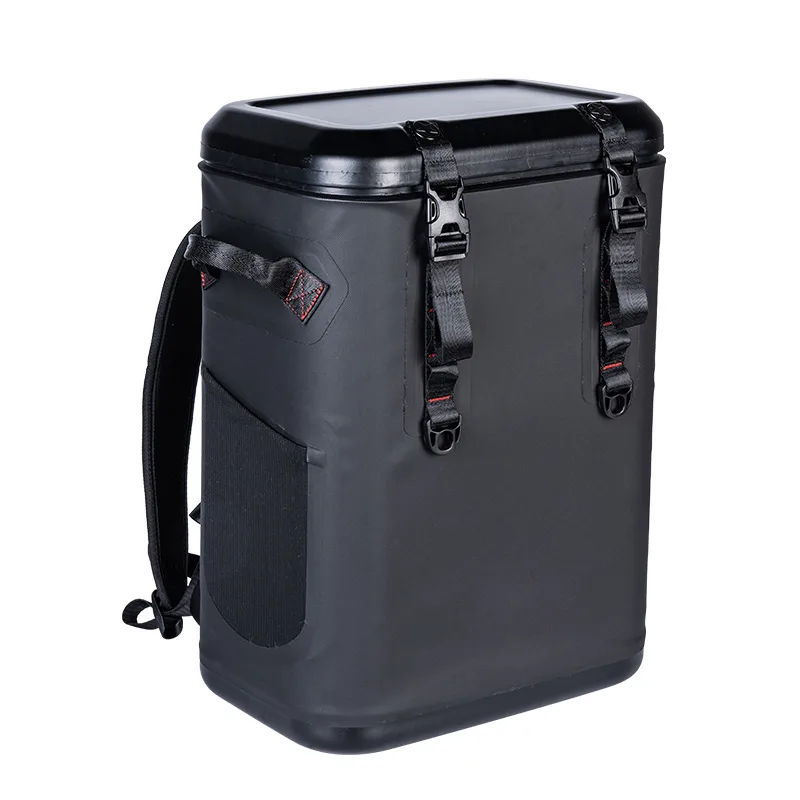
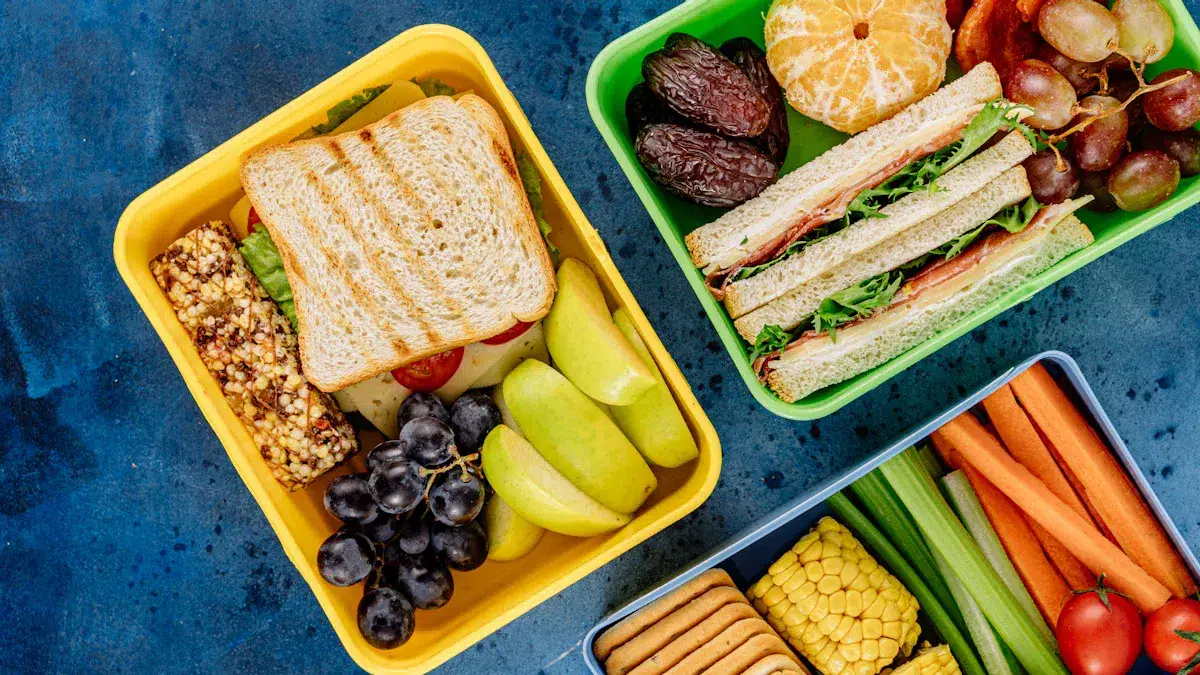
Finding the right lunch box cooler is simple when you know what to look for. The growing lunch box market, projected to surpass USD 1.01 billion by 2030, offers many options. This guide helps you choose wisely. You can find the perfect cooler by focusing on five key features.
- Type & Capacity
- Insulation Performance
- Durability & Build
- Convenience & Style
Following this checklist ensures you invest in a lunch box that perfectly matches your daily needs.
Check 1: Choose Your Lunch Box Cooler Type
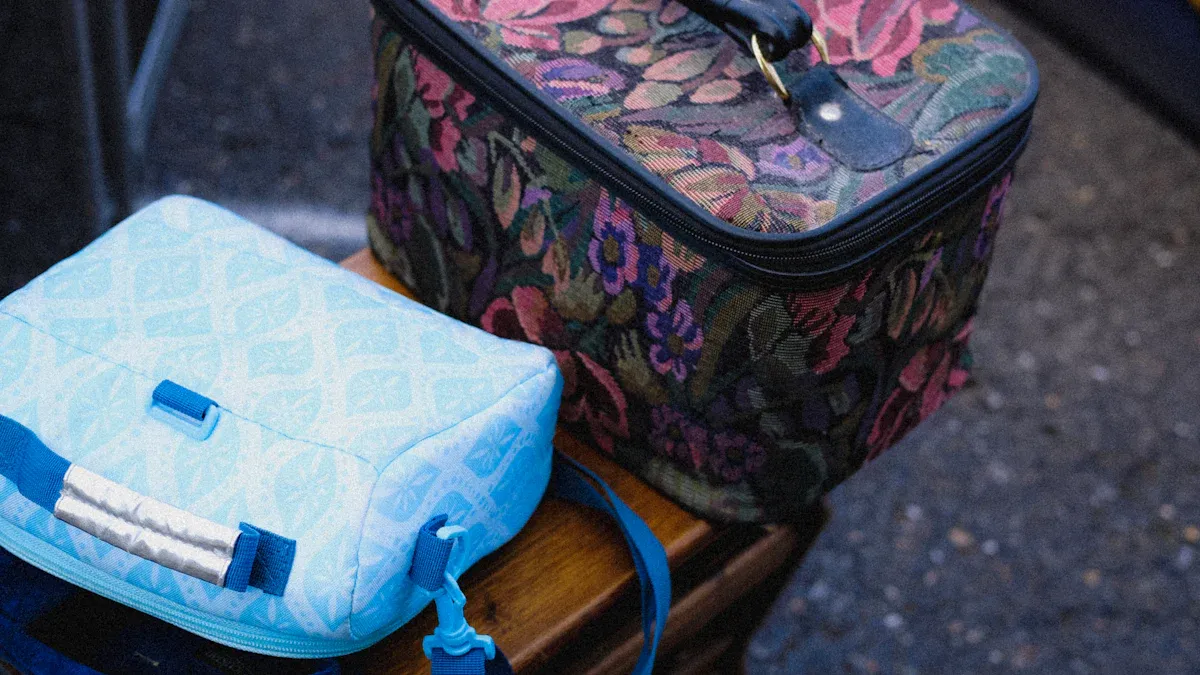
Your first step is to pick the right type of lunch box cooler for your lifestyle. You have three main choices: a flexible insulated bag, a protective hard cooler, or an organized bento box. Each one offers unique benefits.
The Flexible Insulated Bag
You will find the flexible insulated bag is a popular and lightweight choice. Over 55% of travelers prefer a soft insulated bag because it is easy to carry and store. This type of lunch bag is perfect for daily commutes, school lunches, or picnics. A quality insulated bag uses several materials to keep food fresh. The best insulated bag often combines durable fabrics with effective liners. An insulated bag is a very versatile option.
Tip: A mid-range insulated bag ($20–$50) usually provides the best balance of features and price for most adults. This kind of insulated bag often includes waterproofing and extra compartments. A simple insulated bag is great for a light lunch bag.
| Material | Key Benefit |
|---|---|
| EVA Foam | Provides lightweight and effective insulation. |
| Reflective Foil | Adds a thermal barrier by reflecting heat. |
| Nylon/Polyester | Offers a durable, water-resistant exterior. |
This insulated bag is a fantastic choice for portability. The right insulated bag makes carrying your lunch easy.
The Protective Hard Cooler
You should choose a hard cooler when durability and maximum cold retention are your top priorities. This cooler is the leading choice for outdoor adventures and job sites. More than three-fifths of campers prefer a hard cooler for its rugged build. Many top-tier models use a process called rotomolding. This creates a single, seamless piece with uniformly thick walls, often up to three inches. This construction makes the cooler incredibly tough and provides superior insulation. This is the ultimate lunch box cooler for harsh conditions.
The Organized Bento Box
You can master meal prep with an organized bento box. A bento box is a type of lunch box with built-in dividers that help you pack balanced meals. Using a bento box encourages healthier eating habits. The design of the bento box makes portion control simple. When you pack your bento box, you can easily include a variety of foods. This bento box is more than just a container; it’s a tool for better nutrition.
Here is how a bento box helps you:
- Portion Control: The compartments in the bento box guide you to pack the right amount of food.
- Nutritional Balance: A bento box encourages you to fill each section with different food groups for a complete meal.
- Mindful Eating: Preparing your bento box helps you think more about your food choices.
This style of lunch box is perfect for anyone wanting to improve their diet. A bento box is a smart lunch box for health-conscious people.
Check 2: Find the Right Capacity
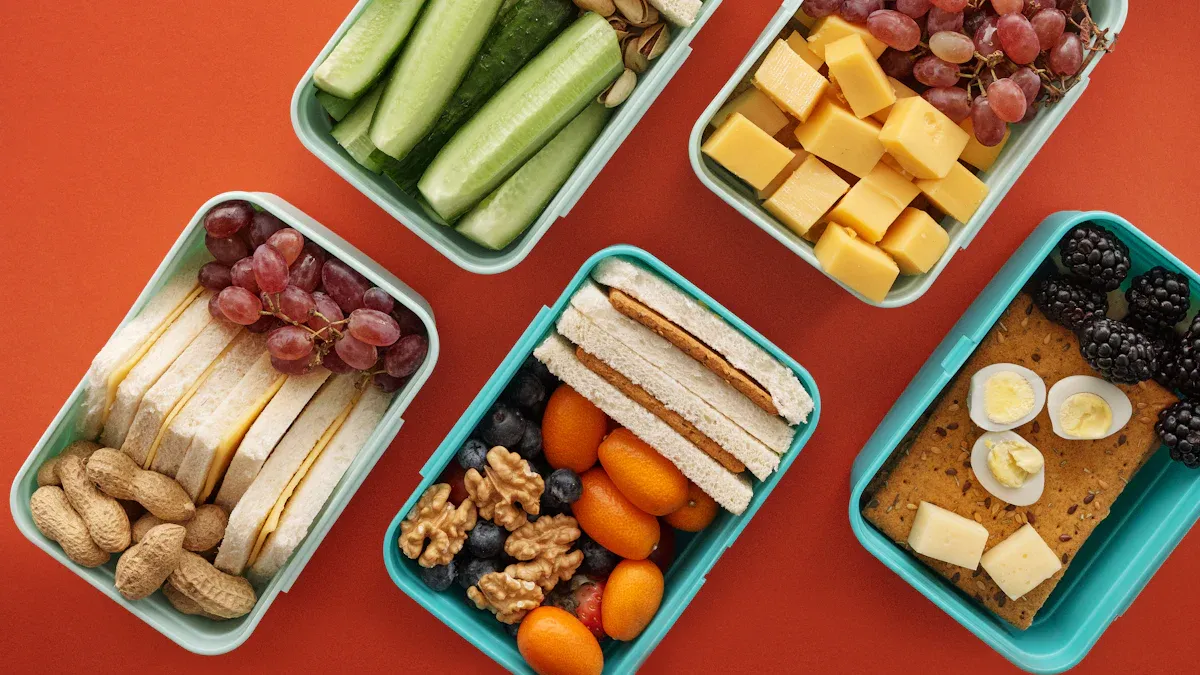
After choosing a type, you need to find the right size. The capacity of your lunch box cooler determines how much food and drink you can carry. You should consider what you will pack on a typical day. This helps you select a cooler that is not too big or too small.
A Shopper’s Note: You will notice manufacturers measure capacity differently. Some use quarts, others use liters, and the quoted volume may not match the actual usable space. A cooler might be listed as 66 liters but actually hold 75 liters. This happens because of different measurement methods, so use capacity numbers as a general guide.
Compact: For Snacks and Kids
You will find a compact lunch bag is perfect for small meals, snacks, or a child’s lunch. A kids’ lunch box typically has a capacity between 3.5 and 5 liters. This size is just right for their smaller portions. Many designs include features that make them ideal for children.
- Kid-Friendly Latches: These allow your child to open their lunch box independently.
- Multiple Compartments: A bento box style helps separate foods and prevents spills.
- Durable Edges: Rubber-coated corners protect the bento box from drops.
A small lunch bag or bento box is lightweight and fits easily inside a backpack.
Standard: For a Full Meal
You should choose a standard-sized cooler for a complete adult meal. If you pack a large lunch with multiple containers and a drink, a lunch bag with a 15 to 20-liter capacity is a great choice. This size gives you plenty of room without crushing your food. A smaller 7 to 10-liter lunch bag works well if you pack a simple sandwich and a piece of fruit. This cooler size offers the best balance for daily office or school use.
Large: For Long Days
You need a large cooler for long workdays or when packing for more than one person. Construction workers and other field professionals often require a cooler with a capacity of 17 quarts (about 16 liters) or more. This allows them to carry enough food and drinks for an entire shift. A large, durable cooler can even double as a sturdy seat, supporting up to 300 pounds. This type of cooler ensures you have everything you need for the day ahead.
Check 3: Evaluate Insulation and Cooling
You must evaluate a cooler’s insulation to ensure it keeps your food safe and fresh. The insulation’s quality directly determines how long your lunch stays cold. Different materials, from closed-cell foam to reflective liners, work to reduce heat transfer. The effectiveness of these materials is measured by their R-value; a higher R-value means better insulation.
Standard Cooling for a Few Hours
You will find that most soft-sided bags and a standard insulated lunch box offer several hours of cooling. These products typically use closed-cell foam as the main insulating layer. This material is effective at resisting heat transfer, keeping contents cool for about 4 to 6 hours. This level of performance is perfect for a typical school day or office lunch, ensuring your meal stays fresh until you are ready to eat.
High-Performance All-Day Cooling
You should look for a high-performance cooler for all-day cold retention, especially in demanding environments. These models often feature thick walls with superior insulation. A cooler with three inches of foam insulation, for example, can keep ice frozen for up to five days.
Many top-tier models achieve this through a process called rotomolding. This technique creates a seamless, durable plastic shell. Manufacturers then use advanced foaming equipment to inject high-quality polyurethane foam into the hollow cavity, where it expands and hardens. This process, perfected by companies like KUER Group, creates a lunch box cooler with incredible structural strength and thermal insulation.
Don’t Forget the Seal! 🧊 Superior foam is only part of the equation. An airtight seal from a rubber gasket and sturdy latches are critical. They lock the cold air in and keep the warm air out, maximizing your cooler’s performance.
Self-Cooling and Freezable Options
You can also choose a product with built-in cooling. Freezable lunch bags and freezable snack bags contain non-toxic gel packs integrated directly into their walls. You simply freeze the entire bag overnight. This active cooling system keeps food well below 40°F for hours, which is a safe temperature for perishable items. To get the best results:
- Freeze the bag for at least 6 hours.
- Place perishable foods like meat or dairy directly against the frozen sides.
- Use the bag to maximize its cooling duration.
Check 4: Prioritize Durability and Build Quality
You need a lunch box cooler that can withstand daily use. The overall durability of your cooler depends on its materials and construction quality. Paying attention to these details ensures your investment lasts for years, whether you choose a hard-sided model or a flexible insulated bag.
The Hard-Sided Lunch Box
You should choose a hard-sided cooler for maximum toughness. The best models use strong materials like LLDPE, which is highly impact-resistant. This is the same type of material used by expert manufacturers like KUER Group, who leverage industrial-grade rotomolding processes to create a single, seamless shell. This method, backed by rigorous quality control and dozens of patents, turns a manufacturing process for heavy-duty outdoor goods into a top-tier consumer lunch box. This kind of cooler is built to handle drops, bumps, and rough environments.
Material and Fabric Strength
You must check the fabric’s denier rating for a soft insulated bag. Denier measures a fabric’s thickness and weight; a higher number means a tougher material. For a durable insulated bag that balances strength and weight, look for fabrics in the 300D to 600D range. This level is ideal for daily use.
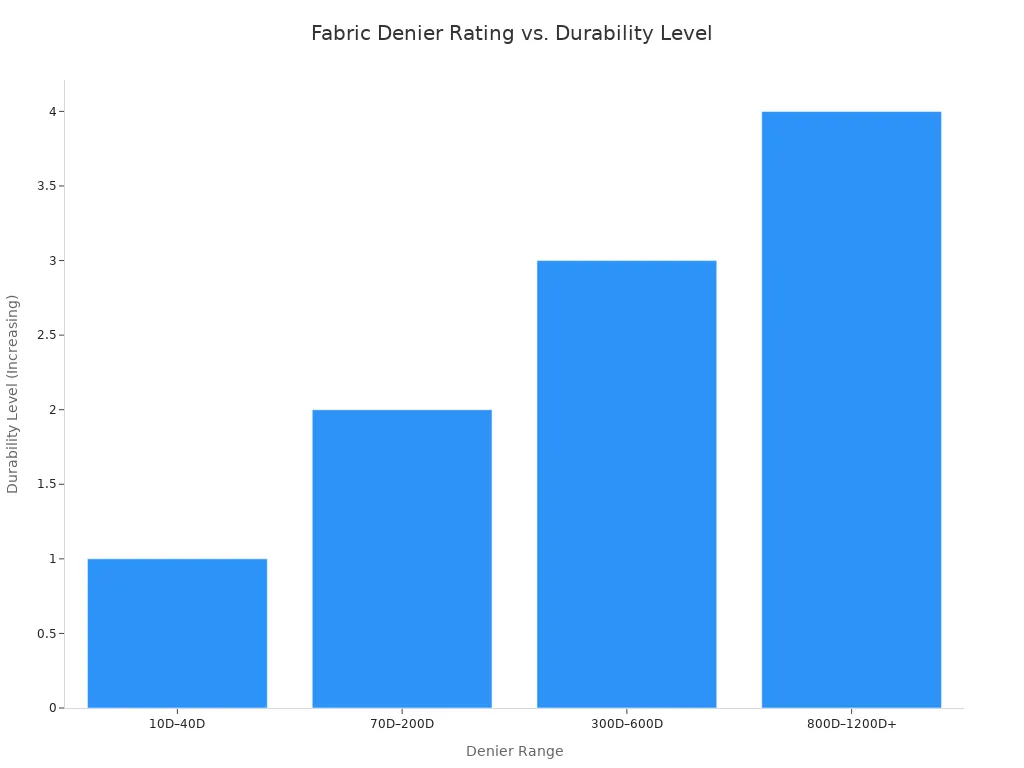
A well-made insulated bag will resist tears and abrasion, protecting your lunch day after day.
Latches, Zippers, and Seams
You should inspect the small components, as they are common points of failure. Weak hardware can render an otherwise good cooler useless. A quality lunch box will have sturdy parts, while a cheap insulated bag may fail quickly.
Watch Out for Weak Spots! ⚠️
- Hardware: Flimsy plastic hinges, latches, and handles can easily bend or break.
- Zippers: Standard zippers can break, and their seams can allow cold air to escape.
- Seals: Worn gaskets or loose lids will cause leaks and ruin temperature retention.
Look for a cooler with robust latches and reinforced seams. Some high-end models even feature waterproof zippers, which use rubber gaskets to create a tight seal that prevents leaks and locks in the cold.
Check 5: Consider Convenience and Style
You should think about how a cooler fits into your daily routine. A great cooler is not just about performance; it also needs to be easy to use, carry, and clean. Your final check involves looking at these practical details and choosing a style you love.
Ease of Cleaning
You will want a lunch box that is simple to clean. Spills and crumbs are inevitable, and a dirty cooler can lead to bad odors and bacteria. Look for models with features that make cleanup easy.
Clean Cooler Checklist ✅
- Antimicrobial Liners: Some coolers include linings with antimicrobial properties, like Microban®, which help prevent stains and bacterial odors.
- Leak-Proof Interior: A seamless, leak-proof interior stops spills from seeping into the insulation.
- Wipeable Exterior: A water-repellent outer coating allows you to wipe away dirt with a damp cloth.
These features ensure your cooler stays fresh and hygienic with minimal effort.
Portability and Extra Features
You need to consider how you will carry your cooler. Modern coolers offer many features that improve portability and add convenience. Look for comfortable carrying options like padded shoulder straps or rubberized handles.
Many coolers also include smart features that make your day easier.
- Quick-Access Hatch: Lets you grab a drink without opening the whole cooler.
- Hard Case Storage: A special front pocket protects items like your phone or sunglasses.
- Heavy-Duty Side Pockets: Keep your water bottle or other essentials secure.
- Detachable Pouch: A soft divider inside can be removed to carry small items like keys or cards.
These extras add significant value and make your cooler much more functional.
Personal Style and Color
You can choose a cooler that reflects your personality. Coolers are available in a wide range of colors, patterns, and designs. Whether you prefer a sleek, professional look for the office or a bright, fun design for weekend outings, you can find a lunch box that matches your style. This final touch makes carrying your lunch a more enjoyable part of your day.
You can now choose the perfect lunch box cooler by checking its type, capacity, insulation, durability, and convenience. This checklist helps you select the right cooler for your needs. You are ready to find a cooler that lasts. Explore our selection of high-quality cooler options to find your ideal cooler today.
FAQ
How do you clean a lunch box cooler?
You should empty the cooler completely after each use. Wipe the interior with a cloth using mild soap and warm water. You can then let it air dry with the lid open. This simple routine prevents odors and keeps your cooler fresh.
Should you use ice packs or loose ice?
You will find ice packs are often better for lunch boxes. They are reusable, create less mess as they don’t melt into water, and keep contents dry. Loose ice can cool faster but will leave everything wet once it melts.
What makes a rotomolded cooler so durable?
You get extreme durability because a rotomolded cooler is made from a single, seamless piece of plastic. This process creates thick, uniform walls that resist cracks and impacts. It is the same method used for industrial-grade products, ensuring maximum toughness.
How long will a standard insulated bag keep food cold?
You can expect a standard insulated bag to keep your food cool for about 4 to 6 hours. This is perfect for a typical school or office day. For longer cooling, you should consider a high-performance hard cooler or a freezable bag.


